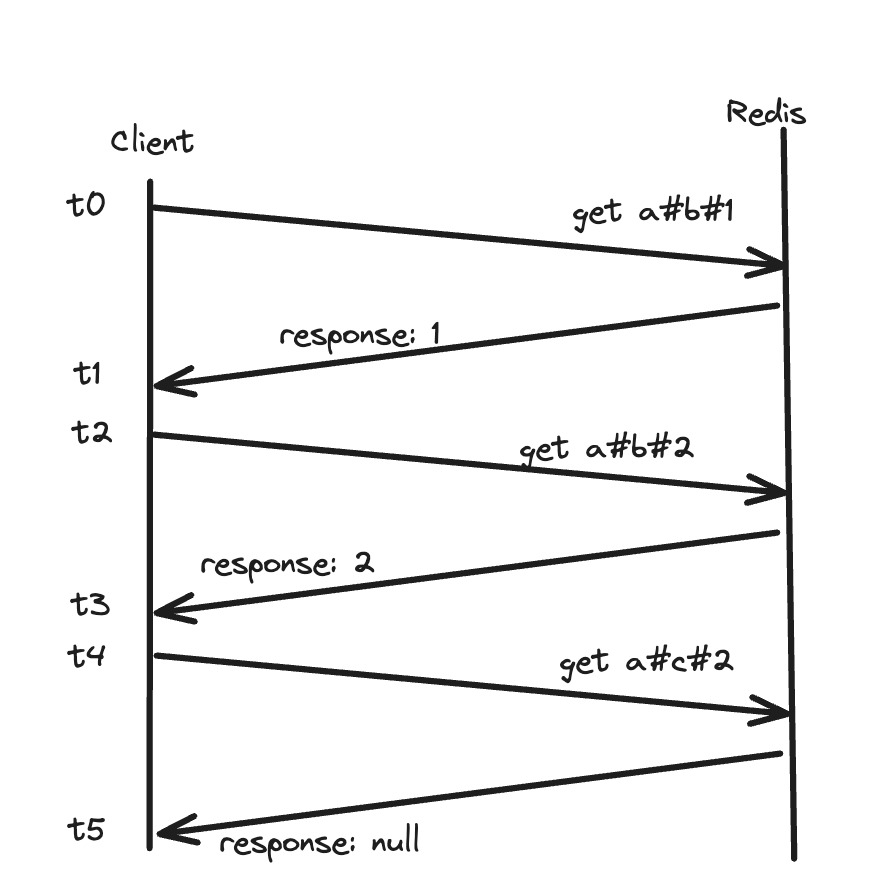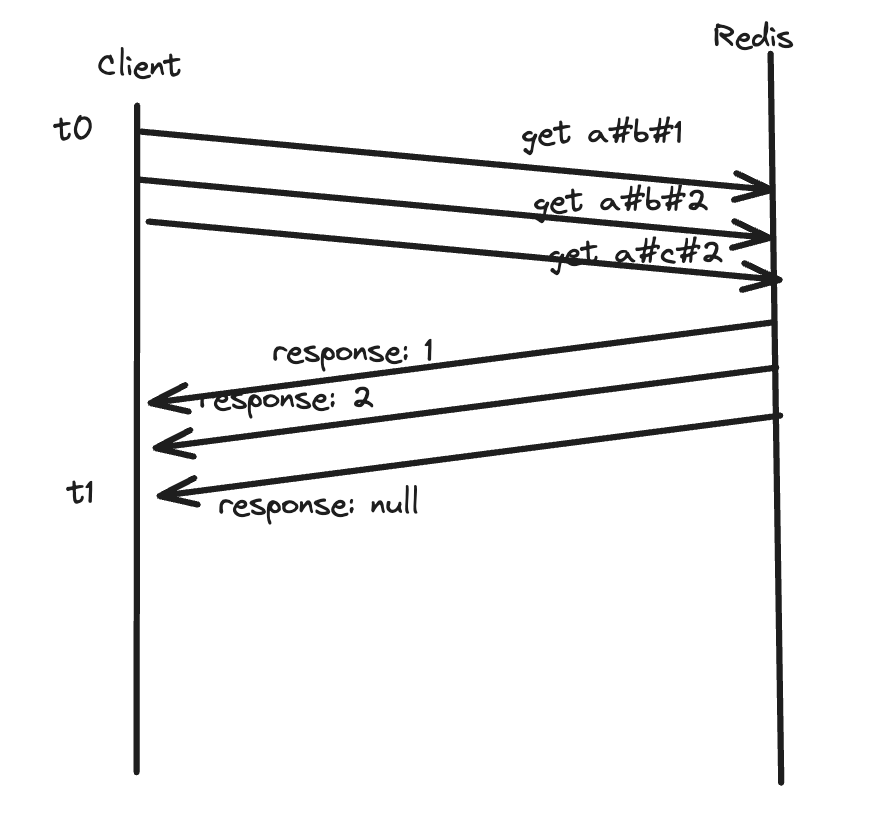Redis Pipelining: The Powerful Feature You're Probably Not Using
Redis Pipelining: The Powerful Feature You’re Probably Not Using
Redis is known for its incredible speed. I have seen lot of developers are not aware of another such awesome feature in redis - pipelining
Most Redis users interact with the database in a simple request-response pattern: send a command, wait for the response then send the next command. While this works fine for casual use, it leaves significant performance on the table.
Redis pipelining allows you to send multiple commands to the server without waiting for each response. Instead, all commands are sent in a batch, and responses are received together. This reduces the network round trips for each command
Why Most Developers Miss This Opportunity
Despite being available since the early days of Redis, pipelining remains underutilized because:
- The default request-response pattern feels natural and works adequately at low volumes
- Many higher-level Redis client abstractions don’t emphasize this feature
- The performance impact isn’t obvious until you’re handling larger workloads
The Striking Performance Difference
The performance gain from pipelining isn’t subtle—it’s dramatic:
- Without pipelining, if you need to execute 100 commands with a typical network round-trip time of 0.5ms, you’ll spend at least 50ms just waiting for responses.
- With pipelining, those same 100 commands can be executed in little more than a single round-trip time—potentially a 50x throughput improvement.
How It Works Under the Hood
When you pipeline commands, Redis doesn’t actually change how it processes each command. What changes is the network communication pattern:
- The client buffers multiple commands locally
- All commands are sent to the server in a single network packet (or a few packets)
- Redis processes each command sequentially
- All responses are buffered and sent back in a batch
- The client receives and processes all responses together
This elimination of network round-trips is what drives the enormous performance difference.
Implementing Pipelining in Your Code
Most Redis clients provide pipelining functionality. Here’s a simplified example:
1
2
3
4
5
6
7
// Conceptual example (syntax varies by client library)
pipeline = redis.createPipeline()
pipeline.set("key1", "value1")
pipeline.incr("counter")
pipeline.hset("user:1000", "name", "John")
pipeline.expire("session:9128", 3600)
results = pipeline.execute()
The key insight is that no network communication happens until the final execute() call.
When to Reach for Pipelining
Consider pipelining whenever you’re executing multiple Redis commands in sequence, especially in these scenarios:
- Multi-step operations that don’t depend on intermediate results
- High-latency connections to your Redis server
- Implementing atomic operations that span multiple keys
Conclusion
Redis pipelining is a perfect example of a feature that offers substantial benefits with minimal implementation complexity. If you’re working with Redis at any significant scale, take the time to explore how pipelining can be integrated into your application. The performance improvement might surprise you.
References - https://redis.io/docs/latest/develop/use/pipelining/

